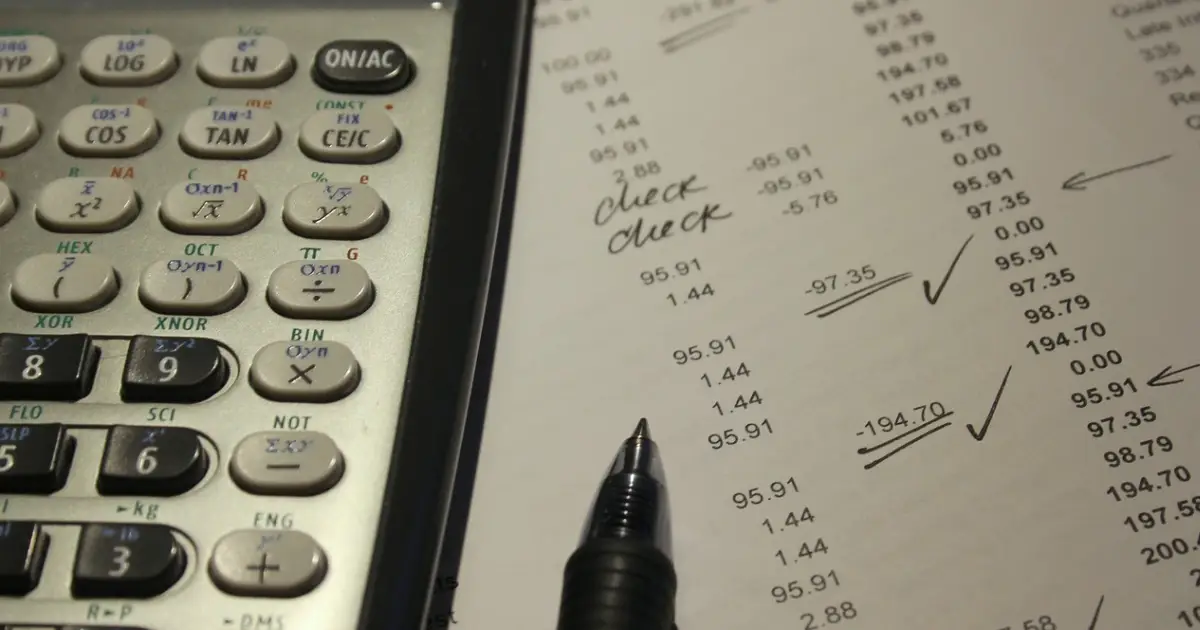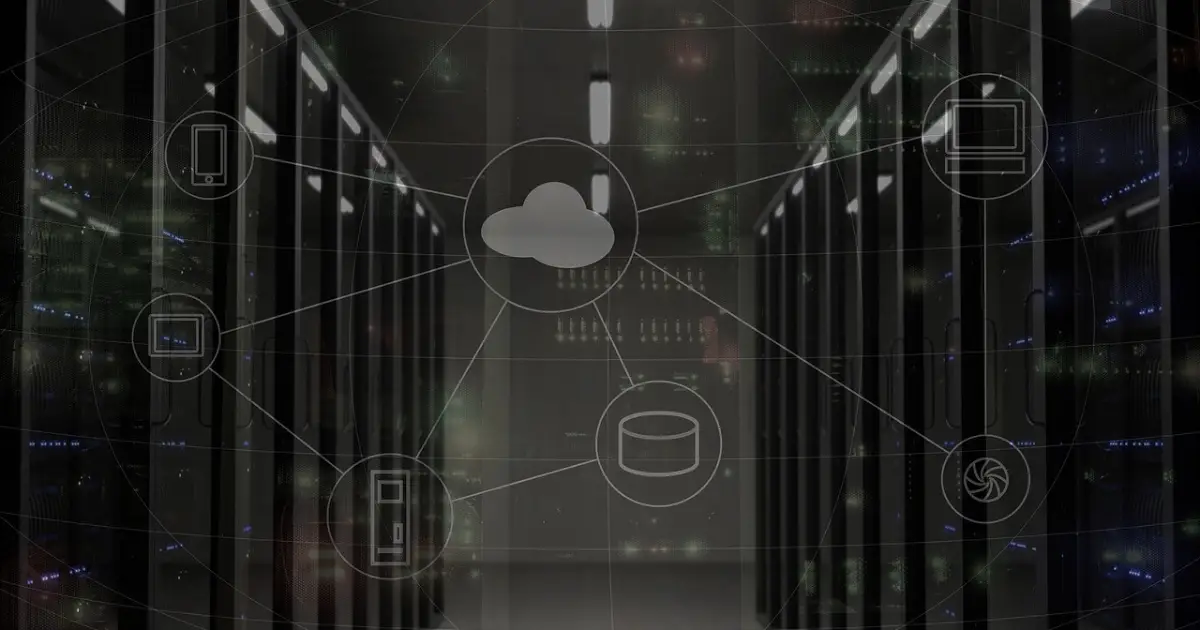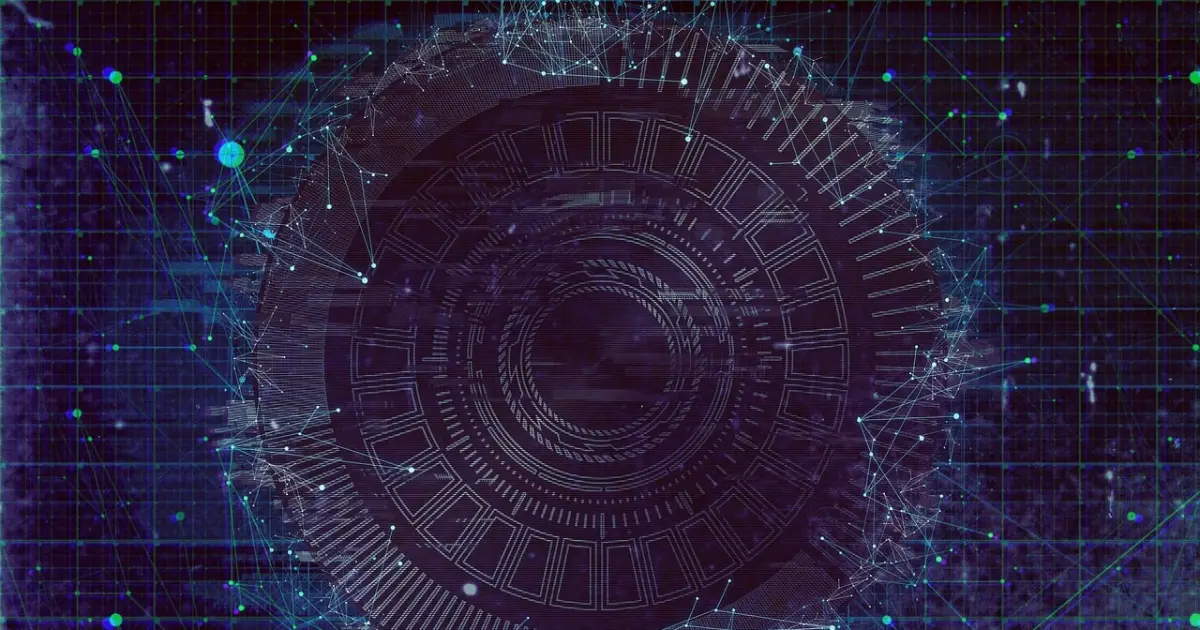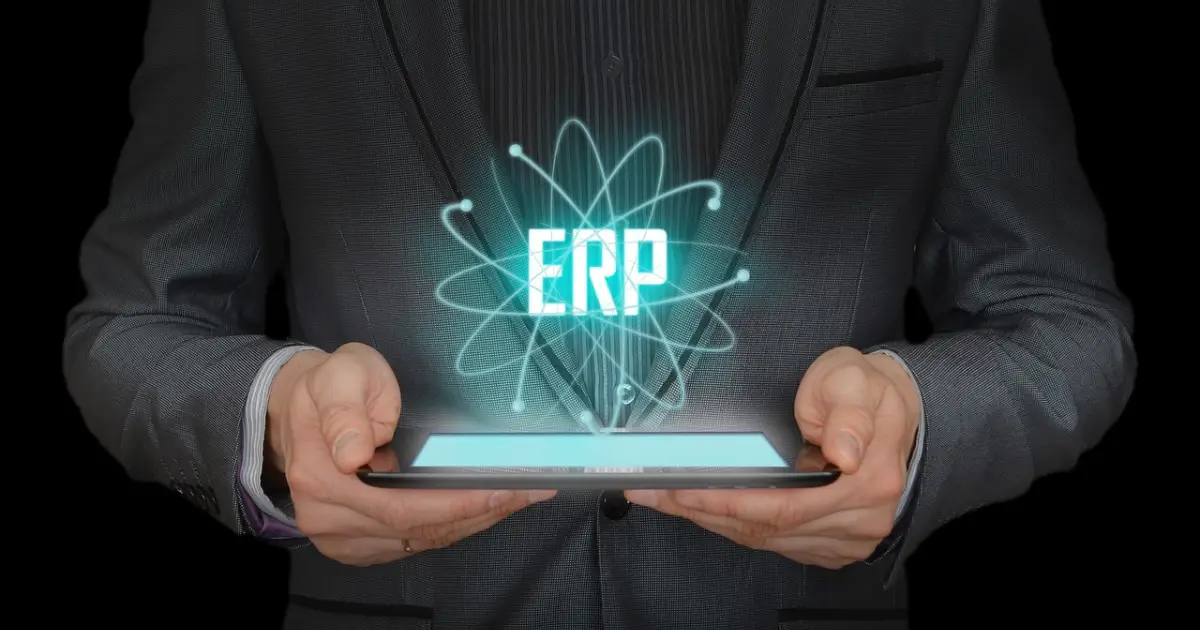focus notes


Inventory management is IoT! Explanation of benefits such as improved productivity and examples of implementation and use
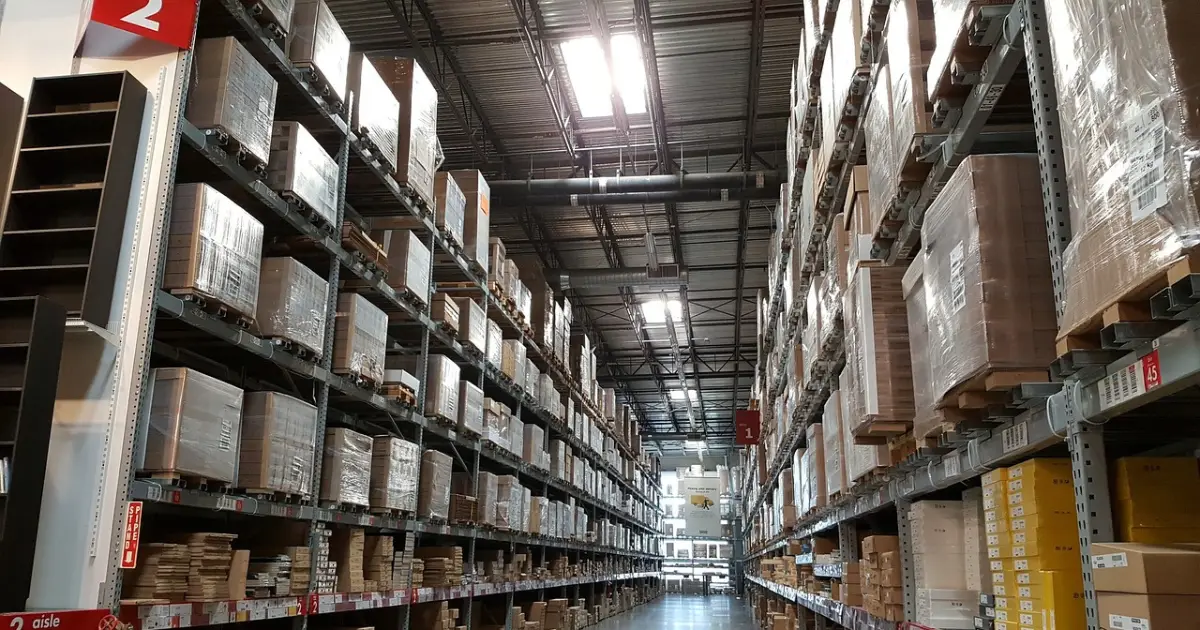
table of contents
"Can IoT be used to streamline and automate inventory management?"
"I wonder what methods are available?"
Some of you may have questions like these.Utilizing IoT technology for inventory management can streamline and automate operations.This can be achieved through real-time inventory tracking, automated inventory updates, and highly accurate demand forecasting. Depending on how you use it, you may find other things you can accomplish. However, when it comes time to introduce IoT, you may not know what to do.
In this article, we will explain IoT solutions that can be used for inventory management, the benefits of implementing IoT, tips for successful IoT implementation, and examples of IoT implementation in inventory management. Please refer to it.
Solve corporate issues! Introduction of IoT is recommended for inventory management
Here we will explain why we recommend introducing IoT into inventory management operations.
- Use IoT for inventory management too!
- Inventory Management Challenges
Use IoT for inventory management too!
IoT technology can also be used for inventory management. For example, you can use it in the following ways.
- Automatically track product receipts and shipments
- Automatically monitor the number of products on the shelves
- Automatically monitor the warehouse and in-transit environment
- Track cargo location in real time
Although it depends on the system you introduce and how you use it, by introducing IoT, you can automatically monitor inventory quantity, status, and location information in real time. This will help prevent excess inventory, loss, and theft. Of course, you can also expect a significant reduction in management time, which means a reduction in labor costs. If you are worried about inventory loss or management costs, we recommend introducing IoT.
Inventory Management Challenges
Traditional inventory management has many challenges.For example:
Issues with traditional inventory management | Examples of what can be achieved by introducing IoT |
Manual data entry and errors | Automate data entry and reduce errors |
Lack of real-time information | Easy access to real-time information |
Overstock or understock | Eliminate excess or shortage of inventory |
Demand is difficult to predict | Advanced demand forecasting |
Less efficient | Improve work efficiency |
Lack of visibility | Increased supply chain visibility |
For example, in traditional systems, inventory tracking and updates are often done manually, which can lead to input errors and information discrepancies. However, by introducing IoT to inventory management, it is possible to automate not only inventory tracking but also data entry. By reducing manual work, human error can be reduced. Additionally, the data that is automatically entered is real-time information. Using real-time information when conducting transactions will help you make better decisions.
Without accurate inventory data, it is difficult to maintain appropriate inventory levels. You may not be able to meet customer needs due to increased inventory costs or product shortages. With IoT, you can maintain appropriate inventory levels with accurate inventory tracking and monitoring. This will reduce the problem of out of stock and overstock.
Examples of IoT solutions that can be used for inventory management
Here we will explain three examples of IoT solutions that can be used for inventory management.
- beacon
- handy terminal
- Weight scale
beacon
A beacon is a small device that uses Bluetooth to transmit a wireless signal from a specific location.A device that receives a signal from a beacon can detect the beacon's location and take certain actions based on that location. Beacons are used in many industries because they are energy efficient and easy to install.
In the case of inventory management, by attaching beacons to products in warehouses and stores, the exact location of the products can be tracked in real time. This allows you to always know the inventory status of the products, and enables quick picking and stock replenishment. This will improve the accuracy of your inventory and enable you to respond to customers quickly.
Beacons can also be used to automate inventory management. By receiving signals from beacons, the presence and location of inventory can be confirmed and compared with inventory data in the system. This can reduce time and costs compared to manual stock checks and improve the accuracy of inventory data.
handy terminal
A handy terminal is a portable device with scanning functions such as a barcode reader.It is a small handheld computer with wireless communication capabilities that allows real-time data synchronization with a database. It is primarily used for data collection, input, and confirmation.
For example, in the case of inventory management, barcodes affixed to products in the warehouse are scanned with a handheld terminal to update records of receipts and shipments. This allows detailed information such as product type, quantity, storage location, etc. to be immediately reflected in the database. The process from receiving to shipping will be digitized, reducing human error. Additionally, each piece of information is managed and updated in real time, ensuring that the inventory management system is always up to date. You will be able to make decisions based on accurate inventory information.
These findings show that handheld mobile computers can make a significant contribution to improving the efficiency and accuracy of inventory management. Using them in conjunction with beacons or other devices may make them even more efficient.
Weight scale
A scale, as the name suggests, is a device that measures the weight of objects.Weigh scales are used in inventory management to accurately determine the weight of products and for pre-shipment inspections.
When combined with IoT technology, such scales go beyond simply measuring weight and can perform a variety of functions, including automatic inventory tracking, real-time inventory updates, and efficient resource management.
For example, the weight of products in the warehouse or on the sales floor can be monitored in real time, and inventory status can be updated automatically. Specifically, if the weight of a product placed on a smart shelf changes, the system will immediately detect the increase or decrease in inventory and update the database.
*Smart shelves are next-generation display shelves that combine information and communication technology with conventional shelves, utilizing technologies such as AI cameras, electronic shelf labels, and sensors.
This improves inventory accuracy and reduces the time and effort required for manual inventory counts.
In this way, weighing scales can be combined with IoT to not only measure weight, but also help improve business efficiency. However, since the way they are used is somewhat unique, it is a good idea to consult with the business owner before introducing them.
Make your work more efficient! Benefits of introducing an IoT system
Here, we will explain the benefits of introducing an IoT system.
- Achieves highly accurate management
- Data can be visualized
- You can streamline your work
Achieves highly accurate management
By introducing an IoT system, you can achieve highly accurate management.By introducing an IoT system, advanced demand forecasting is possible.
First, IoT systems automatically collect large amounts of data regarding the status and operation of things by using sensors, tags, etc. Some systems have not only collection and storage functions but also analysis functions, making it possible to make advanced demand forecasts based on data. For example, advanced data analysis and machine learning algorithms can be used to forecast demand and maintain appropriate inventory levels, taking into account the effects of seasonal fluctuations, promotions, local events, etc. Inventory management will be easier than before.
Of course, it may not be perfect, but you can expect more accurate management and decision-making than if you were making the decisions on your own.
Data can be visualized
One of the benefits is that each data can be visualized.The introduction of IoT allows for more accurate understanding of data.
For example, in inventory management, you can visualize the following:
- Availability
- Inventory location
- Product shipping information
- Inventory expiration date management
- Temperature and humidity in the stock room
- Demand forecast data
- Returns and defective products information
- Security Status
In terms of expiration dates, expired products can pose health risks and may lead to legal liability and damage to brand credibility. Therefore, appropriate management is required.
By introducing IoT, product information can be automatically read using a barcode scanner when receiving goods or during inventory management, and then registered in a database. Detailed information such as manufacturing date, expiration date, and lot number can be accurately obtained in real time. Being able to automatically and accurately visualize all of this information is a major advantage in inventory management. Adding features such as notifications when the expiration date is approaching may make inventory management even easier.
You can streamline your work
One of the benefits of introducing IoT in the manufacturing industry is improved operational efficiency.This is because the introduction of IoT can automate or streamline tasks that have traditionally been performed by on-site personnel.
For example, some systems use IoT sensors to monitor inventory levels in real time, and automatically reorder when inventory falls below a certain level. In this case, reorder points must be set for each product, but purchase orders can be generated automatically based on pre-set order quantities. There is no need to manually input and create purchase orders while visually checking inventory and taking into account demand forecasts, lead times, and management costs, as was previously the case. This alone will greatly streamline operations.
Temperature and humidity sensors can also be used to automatically monitor the environment for products that need to be stored under certain conditions. Data from the sensors is collected in real time and integrated into the inventory management system, allowing managers to check the current storage environment at any time without having to go to the warehouse to check it themselves.
Best of all, if each value such as temperature deviates from the set value, it can automatically issue an alert and send an email, SMS, or app notification to the administrator or person in charge. Personnel can identify and quickly address the cause of changes in environmental conditions, such as broken refrigeration equipment, forgotten doors, or problems with the air conditioning system. This will help reduce losses due to management errors.
Tips for successfully implementing IoT in inventory management
Here are three tips for successfully implementing IoT into inventory management.
- Clarify the purpose of introduction
- Choose something that is easy for staff to use
- Refer to case studies from the same industry
Clarify the purpose of introduction
First, let's clarify the purpose of introduction.If your objectives are clear, you can pinpoint the features and performance you need when selecting an IoT solution to implement. This will help you select the technology that best suits your inventory management process's specific needs.
Identifying the issues is important to clarify the purpose of implementation. Check the business processes on-site directly and identify the issues and problems you are currently facing. You may find excess inventory, excessive waste, and inaccurate demand forecasts. Understanding these issues and introducing IoT technology appropriately will make it easier to achieve your goals.
If by any chance you have too many assignments, prioritize them. It is best to make decisions based on feasibility and cost-effectiveness. If you are unable to make a decision on your own, please consult with management, the IT department, or the person in charge on site.
Choose something that is easy for staff to use
When introducing IoT, choose something that is easy for the people in charge to use.When something is intuitive and easy to understand, there is less resistance and adoption and adaptation across the organization is smoother. They may be willing to use it themselves. It is more likely that users will continue to use it over time, and it will be easier to make continuous improvements and updates. Not only that, you can also expect to reduce training time and costs.
When choosing one that is easy for the person in charge to use, we recommend using a free trial. Not only can you see first-hand whether the interface is intuitive, but you can also check whether it covers the functions you need for your job and whether they are easy to use. You can get direct feedback from the person in charge, making it easier to decide whether to implement it or not.
Of course, if you have any problems at this time, please check with the provider to see if customization is possible. Depending on the content, they may be able to accommodate you.
Refer to case studies from the same industry
When introducing IoT, it is very effective to refer to examples from companies in the same industry.Companies in the same industry are likely to have similar challenges to yours, and you can get insight into what IoT technologies they are using to solve these problems.
For example, in the case of an automobile parts manufacturer, parts inventory management is directly linked to production and delivery, so accuracy and speed are required. In such cases, the accuracy of inventory management can be improved by using tags, sensors, etc. to identify individual parts and understand inventory status in real time. If you can find examples in your industry that embody this, there is a high possibility that you can achieve it in your own company.
IoT implementation cases are published by the Ministry of Internal Affairs and Communications and each local government. For example, local governments have published " Ishikawa Prefecture | FY2017 IoT Implementation Support Case Collection " and " Mie Prefecture | Mie Prefecture IoT Utilization Initiative Case Collection (March 2017) ". These may be useful references when introducing IoT to inventory management.
Please refer to the example below, which is explained below.
Explaining examples of introducing IoT into inventory management
Here we will explain two examples of how IoT has been introduced to inventory management.
- IoT Introduction Case Study for Inventory Management Part 1
- IoT introduction example in inventory management part 2
IoT Introduction Case Study for Inventory Management Part 1
Among our company's case studies (strictly speaking, demonstration experiments), there is a case in which the system was introduced into a factory.
Identifying inventory location in logistics
Using a BLE receiver with enhanced directional functionality, we can identify the location of logistics inventory with a BLE (*2) beacon (FCS1301, timbe) transmitter in the factory and collect data.
(*2) BLE (Bluetooth Low Energy) is a Bluetooth standard that enables short-range wireless communication with low power consumption.Network construction within factories LPWA technology can be used to collect beacon transmission data in environments where LAN construction is difficult, such as in factories. The LPWA communication module (LoRaPAN) developed by Nagoya Institute of Technology Otsuka Laboratory is a private network that does not require a communication carrier, so by using a receiver capable of LPWA communication, you can easily construct a wide-area network.
Source: Focus Systems Corporation| Started demonstration experiment to improve the efficiency of in-factory logistics using a wide-area positioning system using BLE beacon and LPWA technology (as of March 7, 2024)
In this case, the aging population, labor shortages, and strengthened quality control were identified as the main challenges. To address these challenges, the company is focusing on introducing IoT technology and promoting digitalization.
Specifically, the company uses location beacons FCS1301 and timbe. These devices can communicate over a wide range, enabling accurate location identification and data collection of logistics inventory within the factory. This technology is expected to reduce the risk of data loss and improve the accuracy of the location information system. This will enable efficient inventory management and operational optimization, contributing to improved productivity and quality control.
IoT introduction example in inventory management part 2
There are other examples of IoT implementation (strictly speaking, demonstration experiments) in inventory management.
1.Purchasing support using purchasing data
2.Inventory management by acquiring consumption and waste data
3.Cooking support using data
4.Purchase promotion using gamification
5. Demand-based supply and demand forecasting using consumption and waste data
Source: Ministry of Economy, Trade and Industry | FY2021 Infrastructure construction project related to streamlining distribution and logistics and creating added value Creation of examples of food loss reduction using IoT technology Overview of demonstration experiments | Page 7 (March 7, 2024) (as of date)
Data collection techniques using weight sensors and Bluetooth tags can provide an accurate picture of how much food is sold and how much is wasted, potentially enabling data-driven food management to prevent excess stock and reduce food waste.
Additionally, reducing food waste also reduces the environmental impact of waste disposal. Reducing the environmental impact of food landfilling and incineration is also important from an environmental protection perspective. In addition, the energy required to transport and store food can be reduced by reducing the amount of waste. This approach will contribute to the creation of sustainable food management systems by reducing environmental impact and promoting efficient use of resources.
In this way, if you manage your inventory appropriately, you can expect various benefits.
summary
So far, we have explained IoT solutions that can be used for inventory management, their benefits, and tips for successful implementation. IoT solutions streamline and optimize the inventory management process, including real-time inventory tracking, automatic reordering, and quality control.Companies can achieve faster and more accurate inventory management, which can lead to improved customer satisfaction. Depending on how it is used, it can also solve other problems.
To successfully implement IoT, it is important to set clear objectives and select the appropriate solution. By maximizing the potential of IoT, you can set a new standard for inventory management. If you are considering implementing IoT, please contact us.
Achievements left behind
48 years since its establishment.
We have a proven track record because we have focused on what is important.
It has a long track record in both the public and private sectors.
Number of projects per year
500 PJ
Annual number of business partners/customers
200 companies
Maximum number of trading years
47 years
Total number of qualified persons
1,870 people


